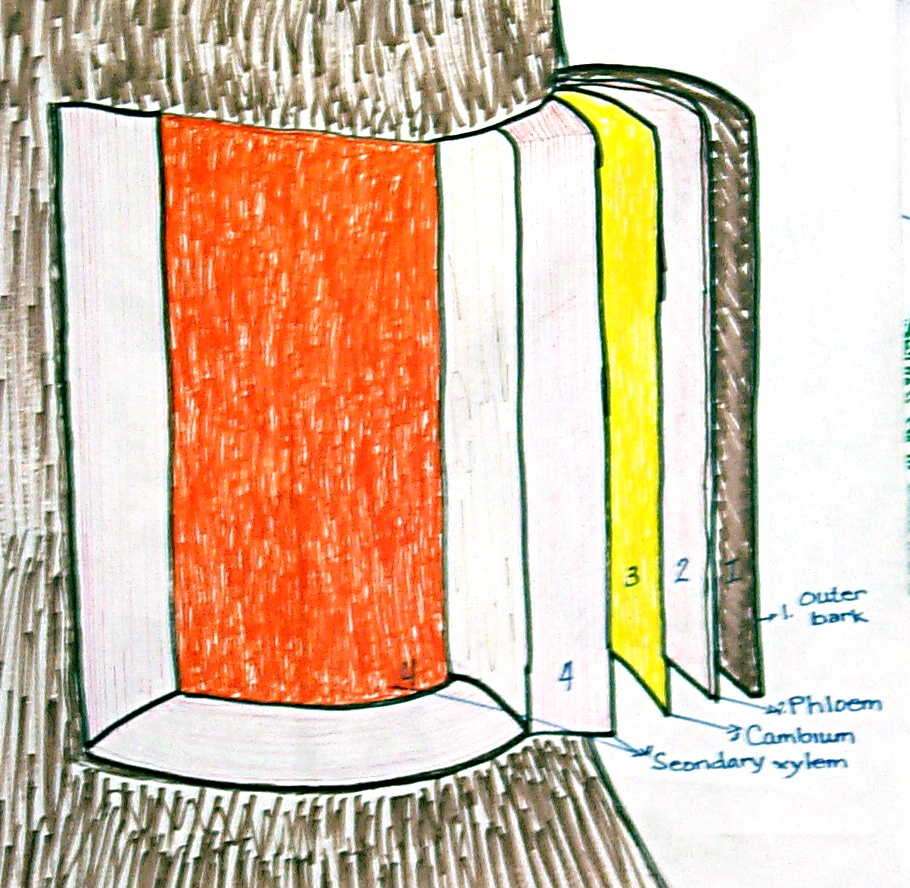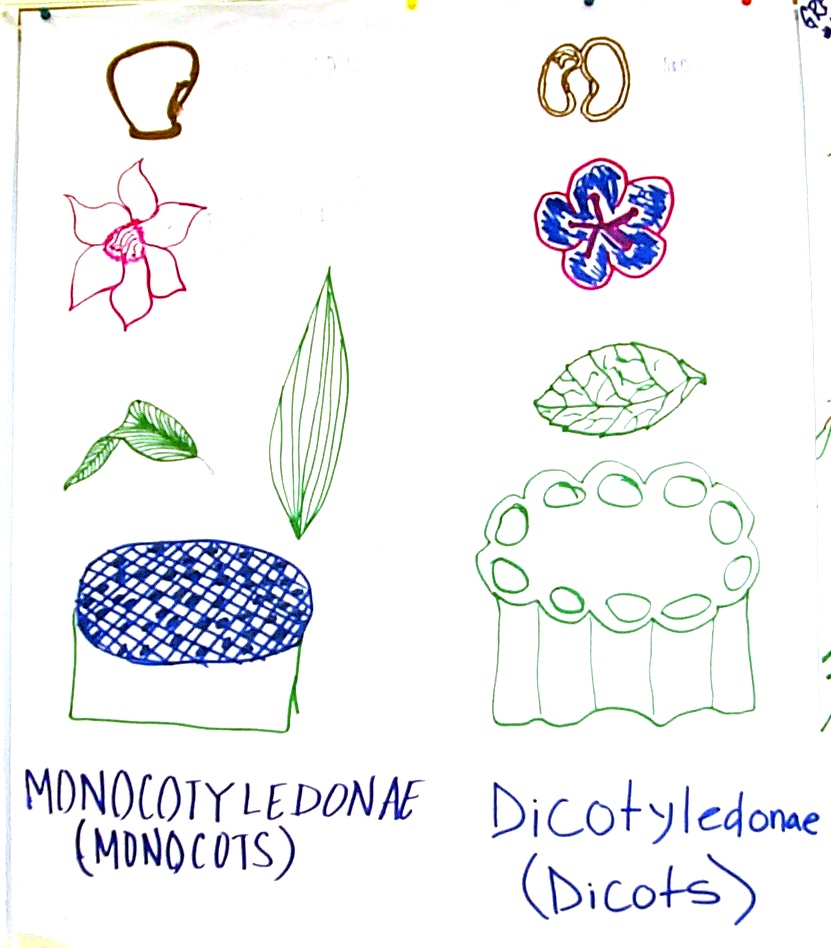
Samples of the following plants are labeled with letters. Write the letter in the blank next to the correct name.
Samples of healing plants are labeled with letters. Write the letter in the blank for the plant that is used in treating the following:
17. Choose any one plant from our hike beyond the FSM China Friendship center. Give the Latin binomial for the plant you have chosen. Write down also the local name in your language if the plant has a name in your language. Write down a local traditional use for that plant here in Micronesia.
18. Mosses, ferns, and other "primitive" plants share some common features and needs in their reproductive cycles. What are those features/needs?
19. Define the term culture bound syndrome ("cultural disease")and give an example of a culture bound syndrome in Micronesia.

20. Give the latin binomial and English name for the plant in the botanic garden that is used as a waker-upper beverage (drink) every morning by millions of people around the world.
21. Why are there no baby Cook Island Pines on Pohnpei?
22. What is the function of the phloem (layer two) in the diagram?
23. What is the function of the secondary xylem (layer four) in the diagram?
24. What key features distinguish gymnosperm reproduction from the reproduction of the more primitive seedless vascular plants such as mosses, lycopodium, ferns?
25. Explain the differences between monocots and dicots as illustrated by the following diagram:
